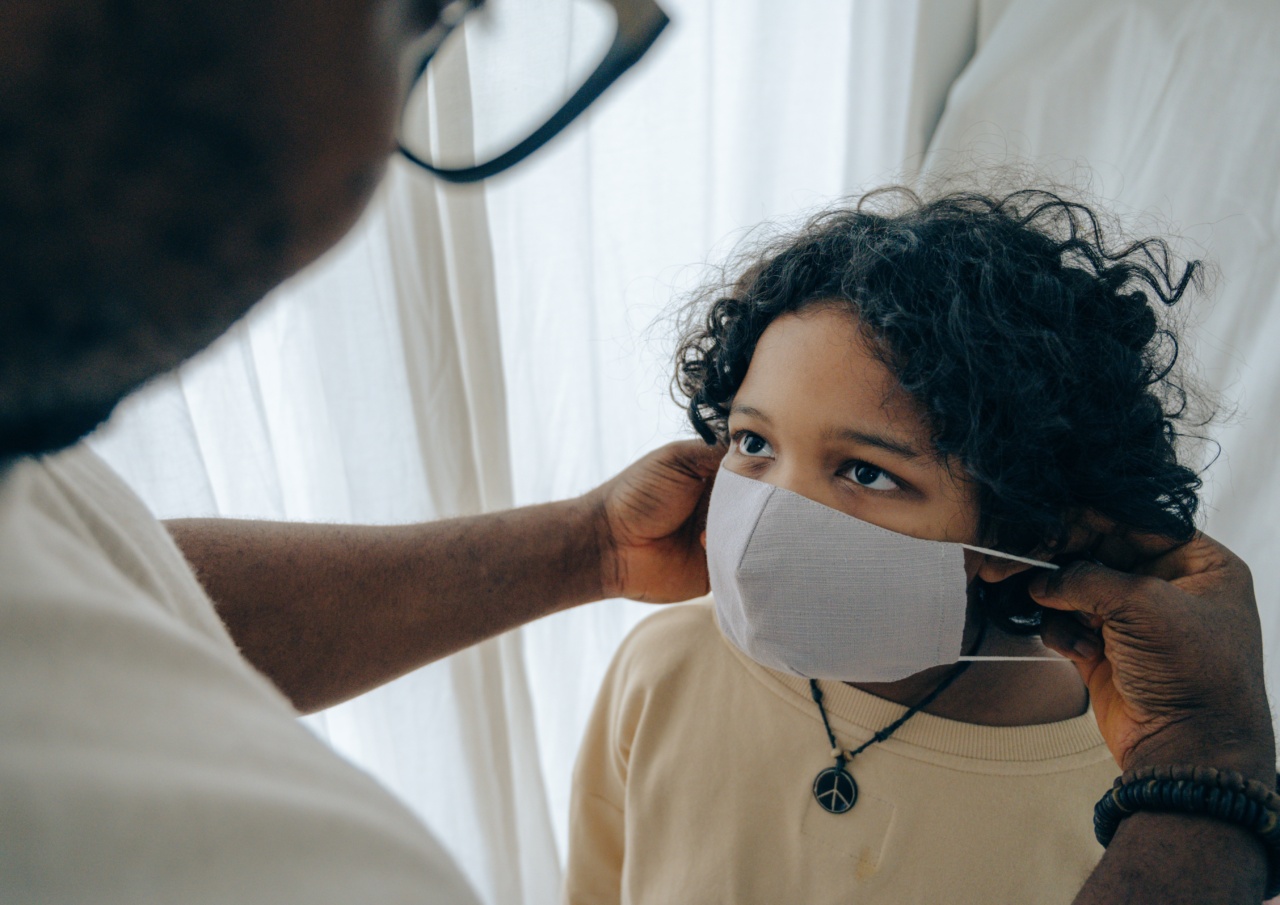Osgood-Schlatter’s disease is a common condition that affects children during adolescence.
It is a knee joint condition that primarily affects young athletes who are involved in various types of sports and activities that involve running, jumping, and abrupt changes of direction. The disease causes pain and swelling around the knee area, and it can be quite uncomfortable for children who are dealing with it.
In this article, we will provide an overview of Osgood-Schlatter’s disease, its causes, symptoms, and treatment options.
What is Osgood-Schlatter’s Disease?
Osgood-Schlatter’s disease is a condition that affects the growth plate in the knee area. The growth plate is an area of developing cartilage that is located at the end of the bone.
It is responsible for the growth and development of bones during childhood and adolescence.
During adolescence, the bones and muscles in the body grow at a rapid pace. As a result, the growth plate in the knee area can become stressed and irritated.
This can cause pain and discomfort for children who are involved in sports and activities that require a lot of running and jumping.
What Causes Osgood-Schlatter’s Disease?
Osgood-Schlatter’s disease is primarily caused by overuse and stress on the knee area. Children who participate in sports such as soccer, basketball, and gymnastics are at an increased risk for developing the condition.
The repetitive motions and sudden changes in direction can put a lot of stress on the knee area, causing the growth plate to become inflamed and painful.
Other factors that can contribute to the development of Osgood-Schlatter’s disease include:.
- Rapid growth spurts
- Poor lower limb alignment
- Weak quadriceps or hamstring muscles
- Tightness in the muscles and tendons around the knee area
What are the Symptoms of Osgood-Schlatter’s Disease?
The primary symptom of Osgood-Schlatter’s disease is knee pain. The pain is typically located at the front of the knee, just below the kneecap. The pain can be dull or sharp and can range from mild to severe.
In some cases, the pain can be so intense that it interferes with a child’s ability to walk or participate in sports.
Other symptoms of Osgood-Schlatter’s disease may include:.
- Swelling and tenderness around the knee area
- A visible bump or protrusion below the kneecap
- Stiffness in the knee joint
How is Osgood-Schlatter’s Disease Diagnosed?
A doctor or physiotherapist can typically diagnose Osgood-Schlatter’s disease after performing a physical exam and reviewing a child’s medical history.
During the exam, the doctor may move the child’s knee in various directions to check for pain and evaluate their range of motion. They may also order an X-ray or other imaging tests to rule out other possible causes of knee pain.
What are the Treatment Options for Osgood-Schlatter’s Disease?
The treatment for Osgood-Schlatter’s disease typically involves managing pain and reducing inflammation in the knee area. Some effective treatment options include:.
- Resting the knee and avoiding activities that aggravate the condition
- Applying ice to the knee area to reduce swelling and inflammation
- Taking over-the-counter pain medications such as ibuprofen or acetaminophen
- Wearing a knee brace or sleeve to provide support and reduce stress on the knee area
- Engaging in physical therapy exercises to improve strength and flexibility in the knee joint
In severe cases, a doctor may need to immobilize the leg with a cast or brace to allow the knee to heal properly. Surgery is rarely necessary for Osgood-Schlatter’s disease.
Preventing Osgood-Schlatter’s Disease
While it is not always possible to prevent Osgood-Schlatter’s disease, there are some steps that parents and children can take to reduce the risk of developing the condition. These include:.
- Engaging in regular exercise and physical activity to build strength and flexibility in the muscles and joints
- Wearing appropriate footwear and protective gear for sports and activities
- Gradually increasing the intensity and duration of sports and activities to avoid overuse injuries
- Ensuring proper nutrition to support healthy growth and development
Conclusion
Osgood-Schlatter’s disease is a common condition that can be quite uncomfortable for children who are dealing with it.
Fortunately, with proper treatment and management, most children are able to recover from the condition and return to their normal activities. If you suspect that your child may be experiencing symptoms of Osgood-Schlatter’s disease, it is important to seek medical attention to ensure proper diagnosis and treatment.































